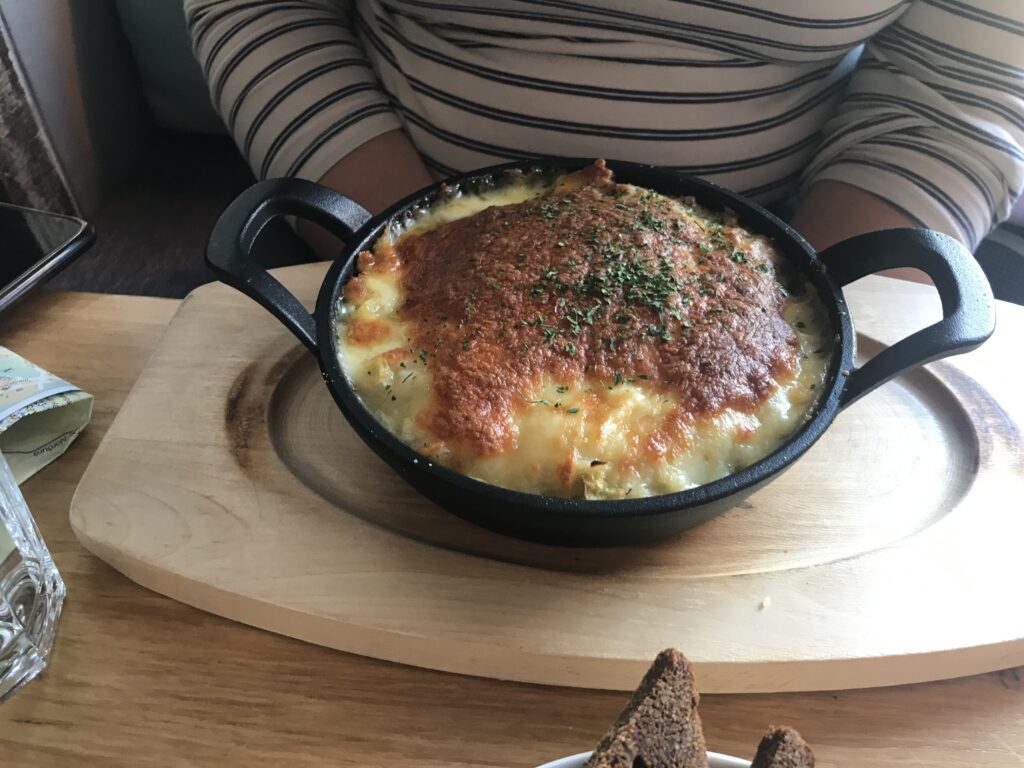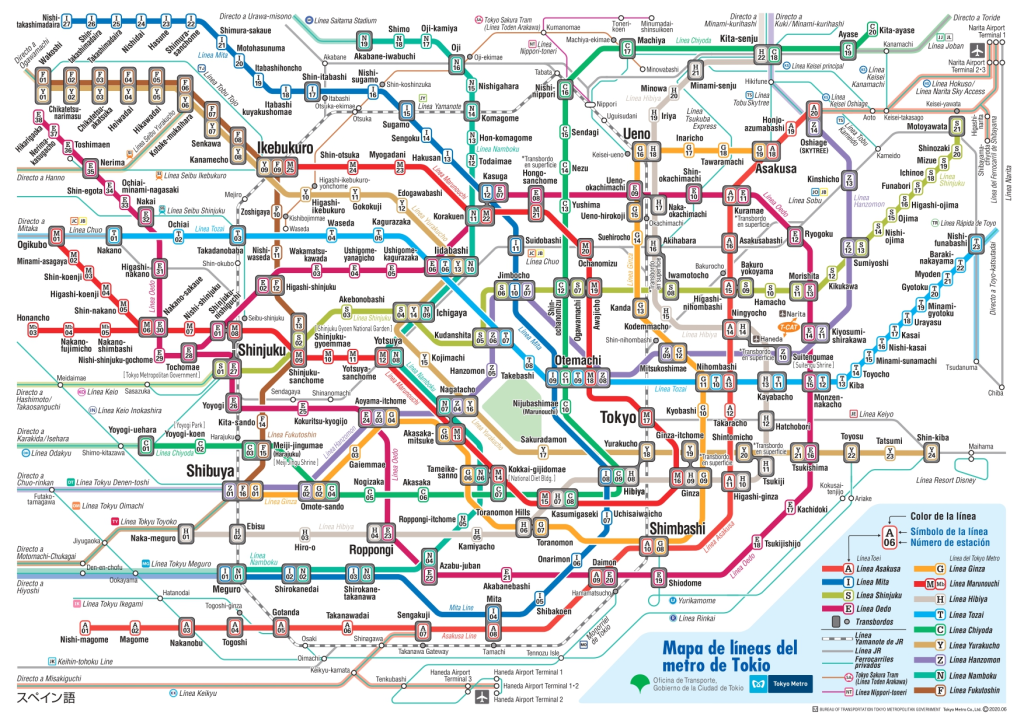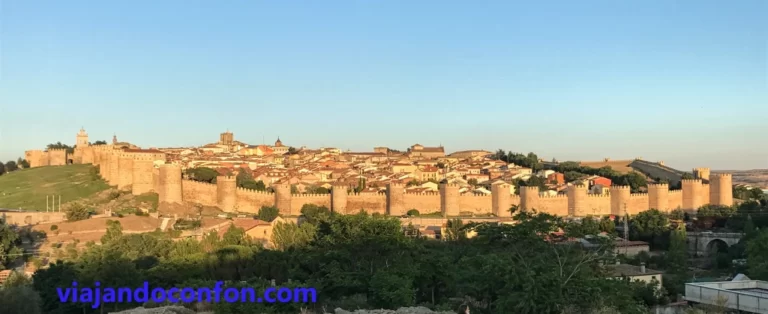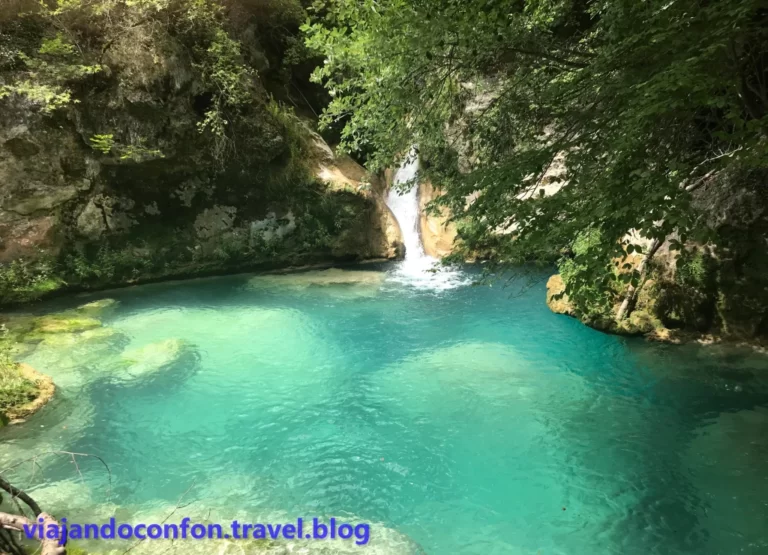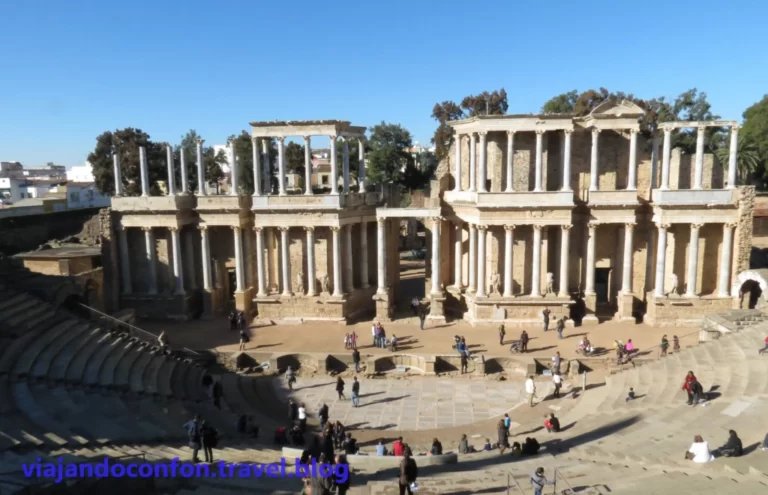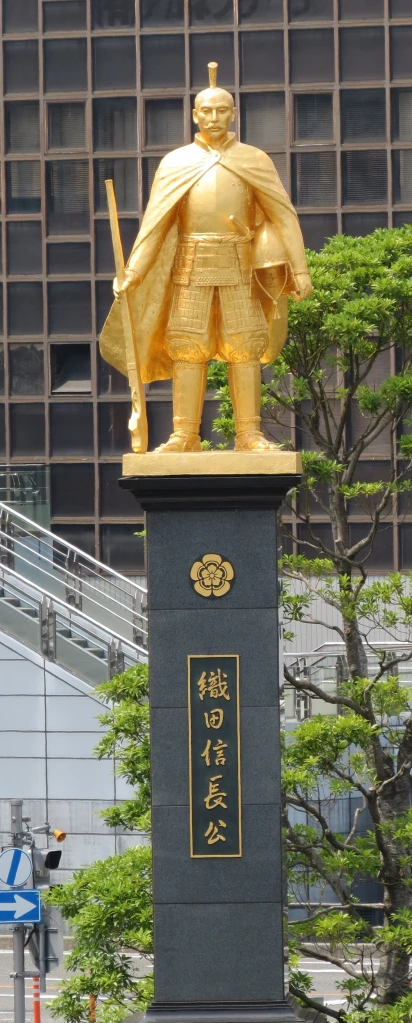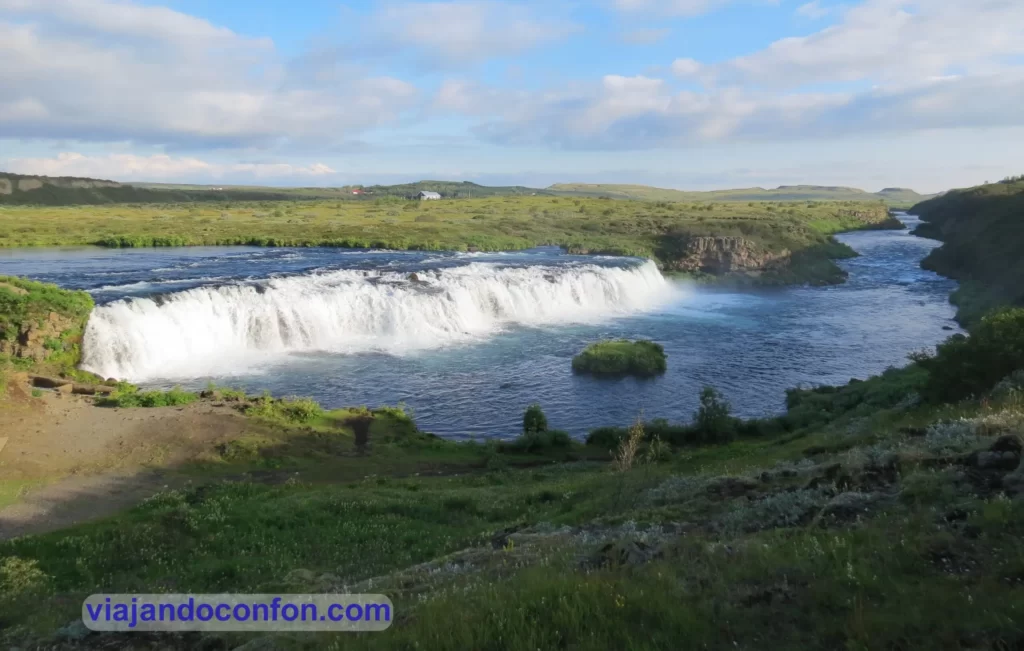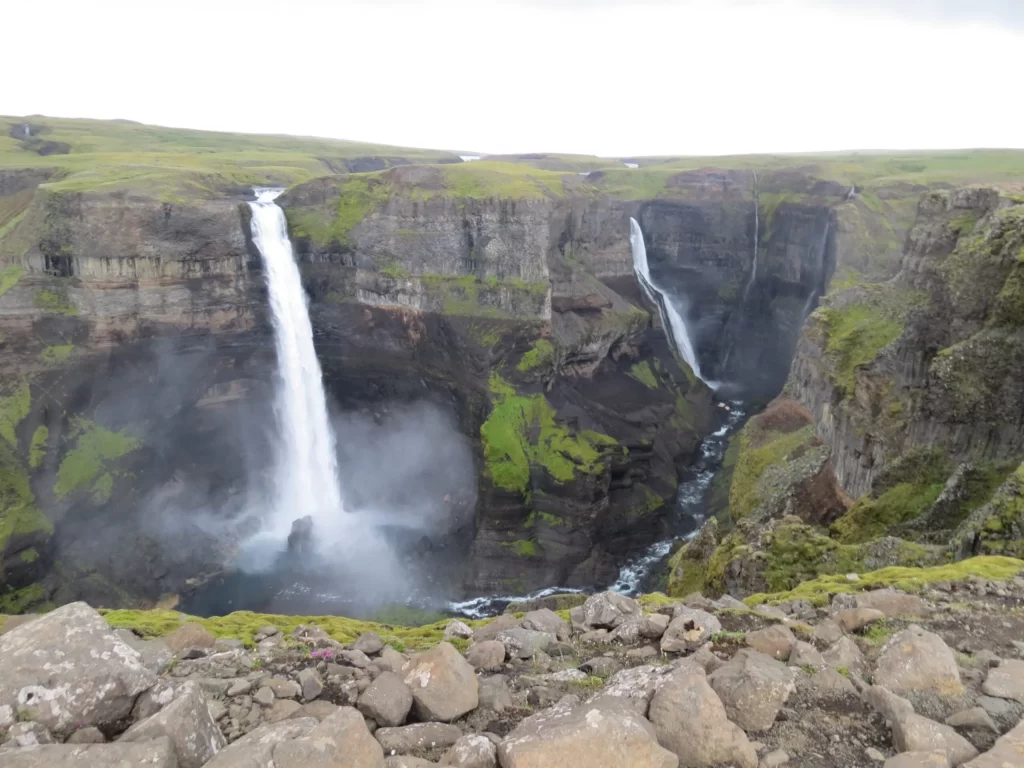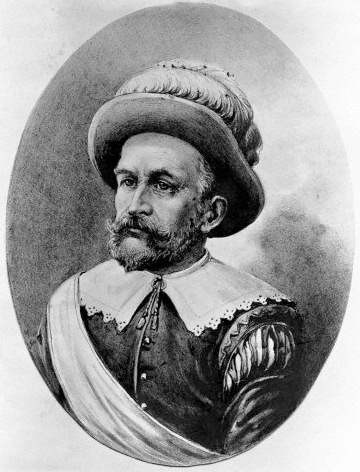Hoy viajamos hasta Kaunas, la segunda ciudad de Lituania pero con muchísimo encanto.
3 de agosto
A las 13.50 saliamos en bus hacia Kaunas. Tres horas después llegaríamos a la estación de Kaunas. El billete nos cuesta 42.30 Litas (12.25€).
Kaunas
Kaunas se encuentra en la confluencia de los ríos Niemen y Neris; y es la segunda ciudad más poblada del país tras Vilnius y fue la capital durante la primera República de Lituania, entre 1920 y 1939.
La ciudad se funda en 1361 y llegó a ser la ciudad más poblada del voivodato de Trakai durante el Gran Ducado de Lituania. En 1795 los rusos ocupan la ciudad y poco después es atacada por las tropas de Napoleón.
La declaración de independencia de 1918 convierte a Kaunas en la capital provisional de la República de Lituania, ya que Vilnius se encontraba bajo el control de Rusia y posteriormente de Polonia.

A finales de la década de 1930 se había convertido en la ciudad más habitada de Lituania pero durante la Segunda Guerra Mundial sufre, primero, la invasión soviética (1940-1941) y, tras un breve levantamiento civil, la ocupación alemana (1941-1944).
El ejército nazi llevó a cabo un holocausto de la población judía con el establecimiento del Gueto de Kovno dejando más de 30.000 muertos. Los soviéticos recuperan la ciudad en 1944 para establecer la República Socialista Soviética de Lituania. Al término de la guerra la capital fue trasladada a Vilnius, ya bajo soberanía lituana.
Desde la estación de bus fuimos dando un paseo hasta el apartamento, a unos 2km. Esta vez elegimos un alquiler turístico, un apartamento bastante elegante que nos costó 49€ la noche.
Encuentra los mejores hoteles al mejor precio en Kaunas con Agoda:
Como había llegado un poco enfermo, decidimos descansar un poco. Salimos a por algo para cenar a un supermercado cercano y nos acostamos tempranito.
4 de agosto
Nos levantamos temprano algo mejor de salud y nos vamos a la calle. Después de desayunar nos acercamos a la Laisvės Alėja (avenida de la Libertad), un boulevard peatonal bastante conocido en la ciudad con numerosos comercios y restaurantes. Paseamos hasta llegar a Šv. Arkangelo Mykolo bažnyčia (iglesia de San Miguel Arcángel).
La iglesia de San Miguel Arcángel es una iglesia católica romana construida entre 1891 y 1895 en estilo Neo-Bizantino cuando Kaunas era parte del imperio ruso. En origen fue una iglesia ortodoxa que daba servicio a las tropas rusas destinadas en la ciudad aunque estaba planeada para ser un templo católico romano antes del levantamiento de enero de 1831.
La iglesia estaba integrada en la Fortaleza de Kaunas. Como era habitual en las iglesias militares de la época, la construcción de la catedral de Kaunas fue financiada a partes iguales por el Ministerio Militar y por donaciones de militares.

Después de la caída de la Fortaleza de Kaunas durante la Primera Guerra Mundial, los alemanes tomaron las campanas de la iglesia y se las llevaron a Alemania. La iglesia permaneció cerrada hasta 1919.
En el período de entreguerras, la catedral se convirtió en una iglesia católica romana de la guarnición lituana de Kaunas. Durante la época de la Unión Soviética se utilizó como galería de arte y, tras su disolución, se reanudó su actividad eclesiástica católica romana.
Desde aquí nos dirigimos al Žaliakalnio funikulierius (funicular Žaliakalnis), el funicular más antiguo de Lituania construido en 1931. Recorre una distancia de 142 metros hasta la Basílica de la resurrección de Cristo. Rápidamente se convirtió en un medio de transporte muy popular, transportando a unos 5 millones de viajeros entre 1950 y 1970.

Tomamos el funicular, que nos cuesta 1 Lita por persona (0.30€) y subimos hasta Kauno Kristaus prisikėlimo bažnyčia (Basílica de la Resurrección de Cristo), una iglesia monumental católica romana consagrada en 2004.
Tras recuperar Lituania su independencia en 1918, empieza a ganar terreno la idea de de construir una iglesia como santuario nacional y símbolo de gratitud a Dios por la libertad recuperada en la ciudad de Kaunas, entonces capital temporal de Lituania.
En 1922 la ciudad de Kaunas cede el terreno para la construcción y se elige en concurso el diseño del ingeniero Karolis Reisonas y en 1933 se conceden los permisos de construcción.

La piedra angular de la iglesia, traída del Monte de los Olivos en Jerusalén, fue solemnemente bendecida y colocada en los cimientos en 1934. La construcción va a buen ritmo hasta que la Unión Soviética ocupa el país, cuando el edificio es confiscado y reconvertido en una fábrica de radios. Entonces se remodela el edificio construyendo tres plantas en las naves laterales y cinco en la nave central. Se retiran las cruces y se demolió la capilla.
En 1990 la República Socialista Soviética de Lituania obliga a ser devuelto el edificio reconstruido a su forma original aunque hacen caso omiso y lo devuelven en un estado lamentable y ruinoso.
Entonces se inicia su reconstrucción con algunos cambios con respecto a los planos originales. Pero el trabajo se ve obstaculizado por la falta de fondos. No es hasta 1997 cuando se aceleran los trabajos gracias a las aportaciones del gobierno lituano.
La iglesia es consagrada en 2004 y en 2005 por fin finalizan las obras.

El edificio está verdaderamente curioso aunque no parece una iglesia. Pagamos 8 Litas (2.30€) cada uno para entrar. El interior es muy sencillo y sobrio y se puede subir a la terraza para ver las espectaculares vistas desde el lugar.


Bajamos dando un paseo en vez de tomar el funicular y fuimos hasta el edificio del Vytauto Didžiojo Karo Muziejus (Museo de la Guerra Vytautas el Grande).
En el mismo edificio encontramos el Nacionalinis M. K. Čiurlionio dailės muziejus (Museo Nacional de Arte). A parte de los museos, en la plaza delante del museo encontramos el Monumento a la Libertad, instalado en 1928 pero destruido durante el régimen de Stalin. Se volvió a instalar en 1989.
También se encuentra la Tumba del Soldado Desconocido y Kauno kariljonas (Carrillón de Kaunas), con sus 49 campanas tocando desde 1956 llevan a cabo conciertos todos los sábados y domingos a las 16.00.

Muy crequita se encuentra el Museo del Diablo (Velnių muziejus). Un famoso pintor lituano, figura pública y profesor Antanas Žmuidzinavičius (1876 – 1966) comenzó a reunir esta colección.
El museo contiene una colección de más de 3.000 diablos: creaciones de bellas artes y artes aplicadas, souvenirs y máscaras no solo de Lituania sino de alrededor de 70 países.
Se hacía la hora de comer. Decidimos hacerlo en un sitio que pillaba de camino al casco antiguo llamado Hesburger, una cadena de hamburgueserías finlandesa que está por todo Lituania. Las hamburguesas estaban bastante buenas y era bastante barato.
Después de comer nos acercamos a la ribera del río Niemen. Allí nos encontramos con Nemuno Sala (Isla Nemuno), una isla de unos 1.5 km de largo que estubo sin edificar hasta 1917, cuando el ejército alemán construyó un puerto.
En el periodo de entreguerras funcionó como puerto de invierno y se construyeron instalaciones de recreo. El puerto funcionó hasta 1970. Hoy en día es un precioso parque de recreo en el que se encuentra el Žalgirio Arena, el pabellón deportivo más grande de los países bálticos. Se inauguró el 18 de agosto de 2011 con un encuentro entre las selecciones de baloncesto de Lituania y España.
Como buen basket lover tenía que visitarlo ya que fue donde España ganó el Eurobasket de 2011.



Salimos de la isla y nos dirigimos al casco antiguo de Kaunas. Paseamos por Vilniaus gatvė (calle Vilnius), la calle más antigua de la ciudad, que es parte del antiguo camino medieval a Vilnius. Aquí encontramos numerosos edificios históricos, construidos por la clase adinerada de la ciudad.
En esta calle encontramos muchos negocios y terrazas donde tomar un buen cervezote lituano… cosa que hicimos.

Uno de los edificios más reseñables de la calle es Catedral basílica de San Pedro y San Pablo (Kauno Šv. apaštalų Petro ir Povilo arkikatedra bazilika), una basílica catedral católica romana dedicada a los apóstoles San Pedro y San Pablo.
Se desconoce la fecha exacta en que se construyó la primera iglesia de estilo gótico, pero se menciona por primera vez en fuentes escritas en 1413. Las obras de construcción no concluyeron hasta 1624.
La iglesia sufrió importantes daños en 1655 durante la guerra ruso-polaca pero fue reconstruida en 1671 añadiéndole algunos rasgos renacentistas. Durante un voraz incendio en el tejado en 1732 quedaron destruidas las dos torres y sólo una fue reconstruida.
El aspecto actual del edificio es el resultado de una nueva renovación en 1800. La iglesia fue promovida a la categoría de catedral por el Papa León XIII en 1895 y recibió el título de Basílica en 1926, cuando el Papa Pío XI reorganizó la Diócesis de Samogitia en la Arquidiócesis Metropolitana de Kaunas.

Motiejus Valančius, el obispo de Samogitia, quien también fue historiador y uno de los escritores lituanos más conocidos del siglo XIX, fue enterrado en una cripta de la iglesia en 1875.
En la fachada lateral que da a Vilniaus gatvė se encuentra el mausoleo de Jonas Mačiulis – Maironis, un poeta, profesor y teólogo lituano, considerado uno de los referentes de la literatura lituana de finales del siglo XIX.

Un poco más adelante de la iglesia llegamos a Kauno Rotušės aikštė, la plaza del ayuntamiento. En ella encontramos (lógicamente) el ayuntamiento (Kauno rotušė).
Su construcción del ayuntamiento comenzó en 1542 siendo un edificio de una sola planta con la fachada sin pintar y sótanos abovedados. En el siglo XVI se construyó el primer piso y la torre de ocho pisos al este del edificio.
Para 1638 se construyó en estilo renacentista y, entre 1771 y 1775 el arquitecto J. Matekeris realiza una segunda restauración.
En los siglos siguientes pasó por varias funciones diferentes como iglesia ortodoxa, almacén de municiones o residencia de los zares.

Entre 1869 y 1944 funciona como teatro. Tras la Segunda Guerra Mundial se convierte en el archivo municipal.
El edificio se restaura entre 1968 y 1973 con un proyecto del arquitecto Žibarts Simanavičius quedando como ayuntamiento de la ciudad. Actualmente sus funciones son, principalmente las bodas, pero también es el lugar de recibimiento de las autoridades y realizar actos oficiales.

En la plaza del ayuntamiento también se encuentra la Iglesia de San Francisco Javier (Kauno šv. Pranciškaus Ksavero (Jėzuitų) bažnyčia).
Fue construida por los jesuitas en 1666 y fue consagrada en 1722. En este mismo lugar, anteriormente construyeron su primera residencia en Kaunas en 1642 y establecieron una capilla en la Casa de Perkūnas en 1643.
Para 1824 el zar entrega el templo a la iglesia ortodoxa pero, un siglo más tarde, vuelve a manos de los jesuitas. Durante la ocupación de la Unión Soviética se reconvierte en escuela técnica y polideportivo. Tras la independencia, en 1989 vuelve una vez más a manos jesuita.

Después de un pequeño paseo nocturno por la zona, buscamos un sitio para cenar y nos fuimos a descansar. Mañana último día en Kaunas.
5 de agosto
Nos levantamos a una hora prudente, desayunamos y nos vamos a la calle.
Volvemos a Vilniaus gatvė, calle que recorrerás numerosas veces. Tras tomarnos un café, nos dirigimos al Castillo de Kaunas (Kauno pilis).
Situado en la orilla del río Nemunas cerca de la confluencia del río Neris, en el Parque de la Confluencia. Se cree que fue construido a mediados del siglo XIV en estilo gótico.
Para 1362, el castillo fue sitiado por la Orden Teutónica. En ese momento, los muros del castillo tenían más de 11 metros de altura. En su interior se encontraba una guarnición de unos 400 soldados lituanos comandados por Vaidotas, hijo del duque Kęstutis.
Después de tres semanas, los Caballeros lograron abrir una brecha en los muros del castillo y poco después se tomó el castillo. De los 400 soldados que lo defendían sobrevivieron 36. El domingo de Pascua de 1362, los caballeros celebraron una misa en el castillo para conmemorar su victoria.

En 1384, el ejército Lituano sitia el castillo y vuelve a recuperarlo. Después de la batalla de Grunwald, el castillo de Kaunas pierde su importancia militar estratégica y se utiliza como residencia.
Durante el siglo XVI, el castillo fue fortalecido y adaptado a nuevos propósitos defensivos mediante la construcción de un bastión de artillería cerca de la torre redonda.
El castillo fue utilizado como prisión en el siglo XVIII; más tarde, la administración rusa otorga permiso para la construcción de casas en el territorio del castillo, lo que resultó en un daño significativo al castillo mismo.

Tras esto, el castillo quedó abandonado durante décadas hasta el año 1960. Entonces se inaugura un museo en la torre redonda pero pronto se traslada debedio al mal estado de ésta.
El castillo se restaura entre 2010 y 2011. Allí se establece una sucursal del Museo de Kaunas. El 14 de julio de 2018 se erigió una nueva escultura “Freedom Warrior” (representa a Vytis) cerca del castillo.
Frente al castillo se encuentra la Iglesia de San Jorge Mártir (Kauno Šv. Jurgio Kankinio (pranciškonų) bažnyčia). Se trata de una iglesia construida en estilo gótico entre 1492 y 1502.

La iglesia sufrió graves daños durante las guerras napoleónicas. Durante la ocupación soviética la iglesia se convirtió en un almacén de medicamentos.
Nos volvemos hacia el centro. Tras un bonito paseo y una merecida y exquisita cerveza lituana, entramos Catedral basílica de San Pedro y San Pablo. El día anterior no nos había dado tiempo.

Seguimos paseando por el precioso centro histórico de la ciudad. Llegamos hasta Perkūno namas (Casa de Perkūnas). Se trata de uno de los edificios góticos más bonitos de la ciudad. Fue construido en el siglo XV por comerciantes hanseáticos y realmente se desconoce su propósito.
Existe una leyenda sobre una escultura de la deidad Perkūnas encontrada en un muro del edificio, sobre sacerdotisas que cuidaban el fuego eterno; sin embargo, la extensa colección de artefactos encontrados por los investigadores sugiere que se trataba de una oficina comercial que pertenecía a los comerciantes hanseáticos.

Perkūnas es una de las deidades más importantes del panteón báltico. En la mitología lituana y letona es el dios del trueno, la lluvia, las montañas, los robles y el cielo.
Actualmente, la Casa de Perkūnas pertenece a la órden de los Jesuitas de Kaunas. La Casa de Perkūnas alberga una exposición de la vida y obra de Adomas Mickevičius, una exposición de arte y una sala de conciertos.
Se puede visitar pagando 3€.

Un poco más abajo se encuentra la Iglesia de la Asunción de la Virgen María – Vytautas el Grande (Vytauto Didžiojo bažnyčia). Es el monumento gótico temprano más antiguo de Kaunas. Se desconoce la fecha exacta de su construcción.
Según el historiador jesuita Albert Vijūkas Kojelavičius, Vytautas el Grande construyó esta iglesia en 1400. Poco después los monjes franciscanos de Vilnius comenzaron a custodiarla.
El primer registro de la iglesia se remonta a unos documentos de 1439 y se refieren a una pequeña iglesia de madera. Poco después fue reemplazada por la actual de ladrillo. La torre se construye entre finales de siglo XV y principios del XVI.

La iglesia se salvó de los tres grandes incendios de la ciudad (1603, 1624 y 1668). Pero si fue devastada durante la invasió rusa en 1655. Fue restaurada en 1669.
En 1812, tras la invasión francesa, se convierte en almacén de armas y, tras su marcha, le prenden fuego al edificio. En 1819 es restaurada de nuevo.
Durante la Primera Guerra mundial, el ejército alemán lo utiliza como almacén. Tras su marcha el edificio resulta gravemente dañado de nuevo.
En 1919 es devuelta nuevamente a la iglesia católica y es restaurada nuevamente. El 15 de agosto de 1920 la iglesia fue consagrada por el prelado Aleksandras Jakštas-Dambrauskas.
La iglesia se encuentra en la ribera del río Niemen, así que nos vamos paseando hacia el Parque de la Confluencia (Santakos parkas).

El Parque de la Confluencia (Santakos parkas), es un gran parque de 12 hectáreas en la confluencia de los ríos Nemunas y Neris. Aquí encontramos el Castillo de Kaunas, instalaciones deportivas y hasta un monumento del Papa Juan Pablo II.
Es un lugar perfecto para dar un paseo al atardecer y sentarte en la hierba a descansar un rato. Y hasta pescar.

Tras un merecido descanso nos fuimos de camino a un centro comercial cercano llamado Akropolis. Allí teníamos localizado un local de Čili Pica en el que cenamos tranquilamente.
Aquí dejamos un mapa con los puntos visitados en Kaunas:
Tras la cena a dormir que había que madrugar. Tomamos el bus de vuelta a Vilnius.
Encuentra las mejores actividades y tours en Kaunas con Civitatis:
Volvemos a Vilnius
6 de agosto
Último día en tierras lituanas. Temprano tomamos el bus a Vilnius.
Según llegamos a la ciudad nos vamos directamente al hotel, que estaba frente a la Catedral de Vilnius. Esta vez elegimos el Amberton Hotel. Un hotel de 4 estrellas que nos costó 61€ la noche con desayuno, que reservamos en forma de picnic ya que dejábamos el hotel a las 3 de la mañana.
Encuentra el mejor hotel al mejor precio en Vilnius con Agoda.
La verdad es que el hotel, para ser un 4 estrellas era bastante cutrillo, aunque tenía buenas vistas.

Dejamos las cosas y nos vamos ha hacer el último turismo lituano. Un paseo por la calle Pillies que había montado un mercadillo de productos artesanales. Allí compramos algunos recuerdos.
Luego nos vamos de camino a ver una escultura del músico Frank Zappa… única en el mundo…

Y de aquí bajamos a la Avenida Gedimino, la avenida principal de la ciudad. Una gran calle comercial muy relacionada con el mundo del teatro y con numerosos edificios gubernamentales.
Aquí nos almorzamos unas hamburguesas de una cadena de comida rápida…
En esta calle se encuentra el Teatro Nacional de Arte Dramático de Lituania (Lietuvos nacionalinis dramos teatras).
El teatro se inaugura el 6 de octubre de 1940 representándose la obra “Esperanza” del dramaturgo holandés Herman Heijermans. En ese momento se encontraba en la calle Basanavicius. El teatro se traslada a su emplazamiento actual en 1951.
La escultura Celebración de las musas (Mūzų šventė), del escultor Stanislovas Kuzma, que corona la entrada principal del teatro se ha convertido en el símbolo del Teatro Dramático Nacional de Lituania. Estas figuras representan las musas del Drama (Calliope), la Comedia (Thalia) y la Tragedia (Melpomene).

En esta calle también se encuentran el Teatro Mažasis (Mažasis teatras) y Academia Lituana de Música y Teatro (Lietuvos muzikos ir teatro akademija).
Esta avenida es un bonito paseo llena de edificios señoriales.

Paseando paseando llegamos de nuevo a la calle Pillies. Allí tomamos nuestra última cena en el primer local que descubrimos de Čili Pica y temprano a la cama para madrugar.
Madrugón exagerado. Bajamos a recepción a recoger el desayuno y hacer el check out. Aquí nos pasó algo que nunca habíamos vivido. Entregamos las llaves y el recepcionista nos pasa la cuenta: 210 Lt. El hotel lo teníamos pagado mediante la web en la que lo contratamos. Se lo hacemos saber y nos pide una prueba del pago. Por suerte ya tenía mi primer smartphone y pude enseñarle el correo con el recibo y el recibo del banco.
No se si nos quería estafar o era un novato, pero nos dejó marchar pero teníamos que mandarle los recibos al correo del hotel… nunca lo hicimos.
En la puerta nos pesperaba nuestro transfer al aeropuerto, ya que a esas horas no había transporte público.
Aquí puedes contratar un estupendo servicio de traslado con Civitatis:

Balance del viaje
Que decir de Lituania… Un país que me sorprendió gratamente. Sus espectaculares paisajes, su gastronomía, su cultura y sus amables y simpáticas gentes.
Soy consciente de que 10 días es muy poco tiempo y que nos faltó mucho por ver. Seguro que volveré.






















